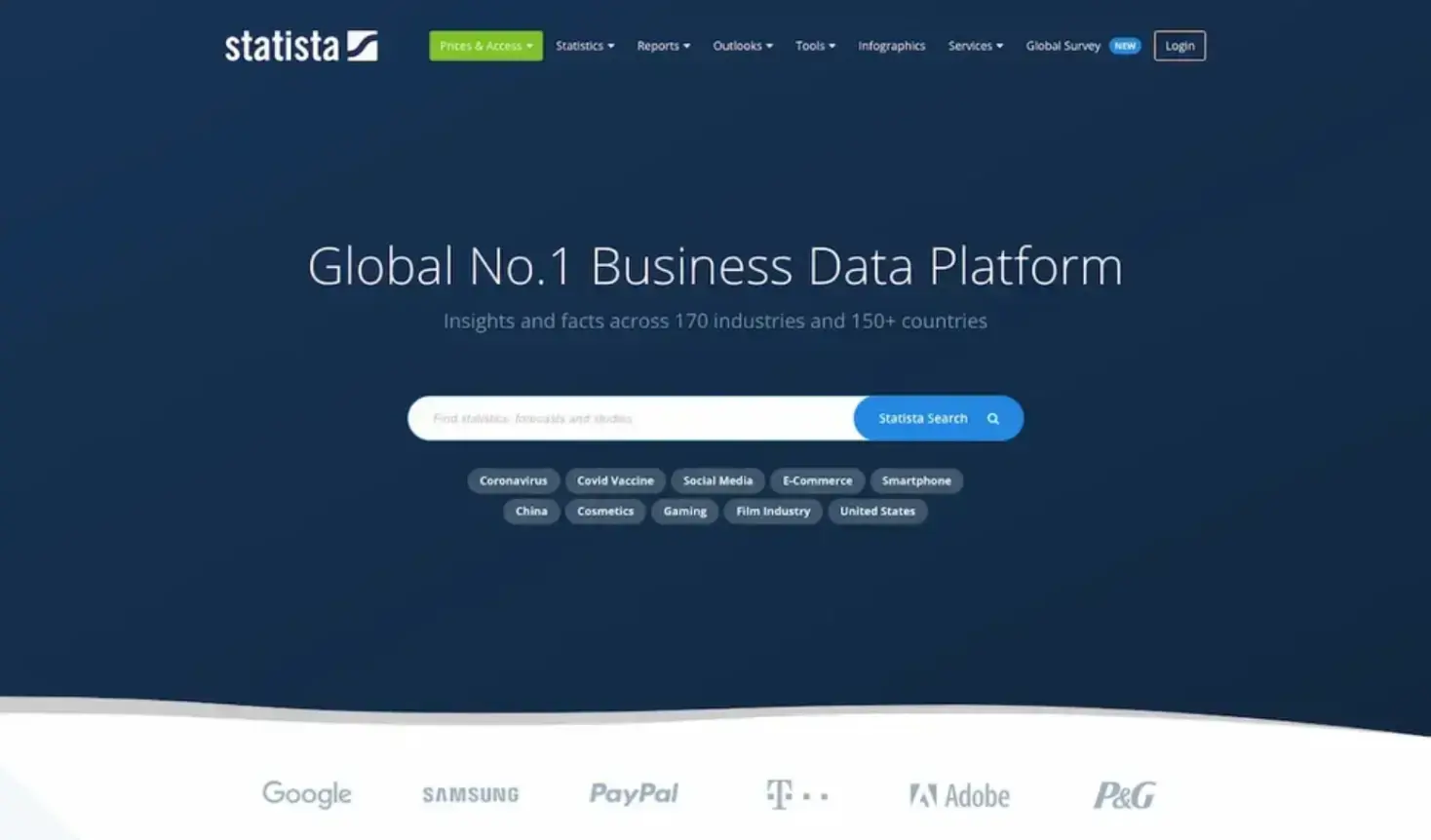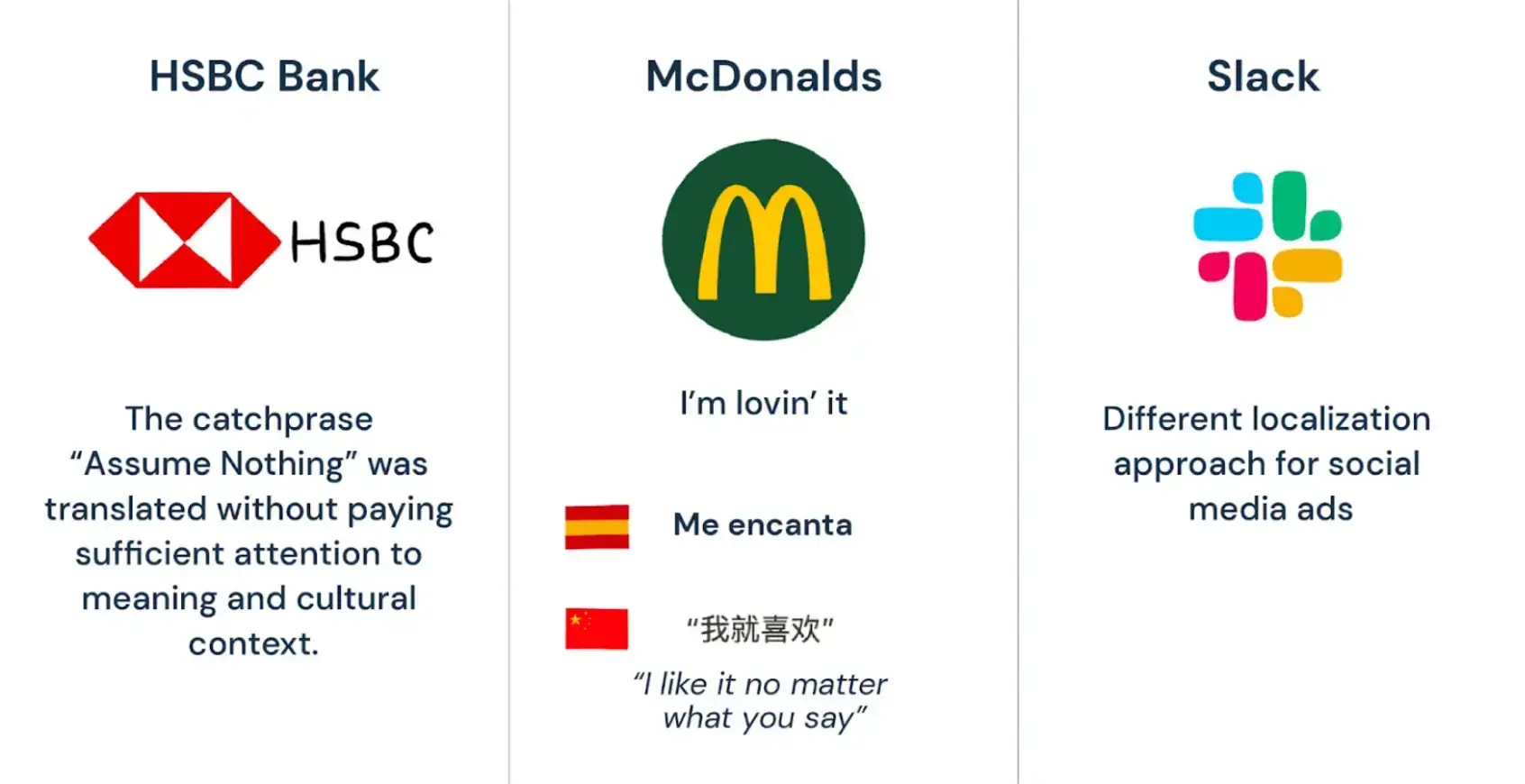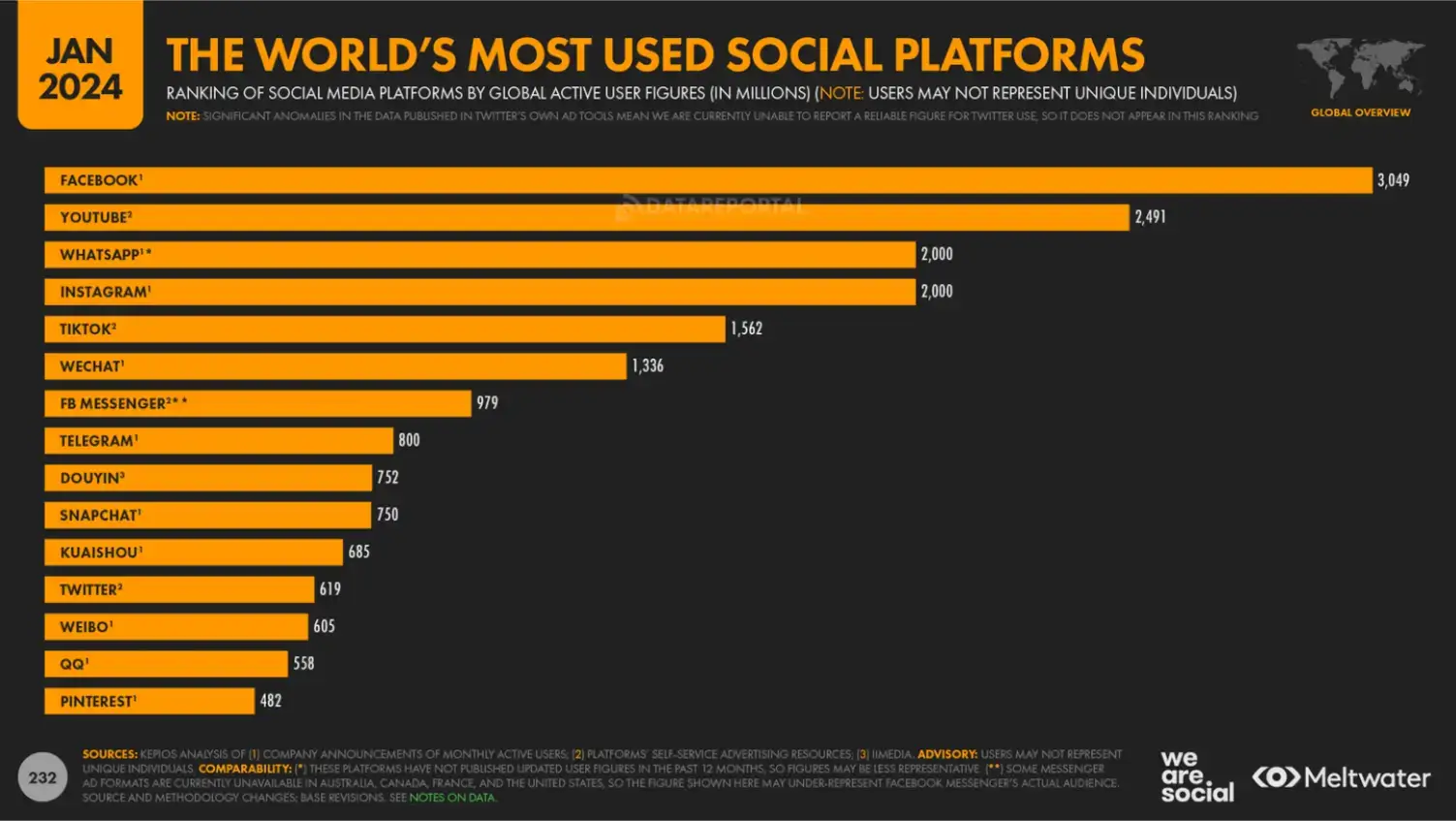As a global customer success manager with extensive experience at Tomedes Translation Company, I've witnessed the remarkable growth potential for SMEs venturing into non-English speaking markets.
This guide will equip you with the knowledge and strategies to navigate this exciting yet challenging frontier.
In this article:
- How Do You Market to Non-English Speakers?
- Translation: The Bridge to Effective Communication
- Marketing Strategies that Convert in Non-English Speaking Markets
- Building Trust & Long-Term Customer Relationships
The Untapped Potential of Non-English Speaking Markets

The global marketplace offers vast opportunities for SMEs.
This translates to a significant customer base waiting to be engaged in their native tongue.
Consider the case of our client, who sought to penetrate the Chinese market.
Our team provided marketing translation services to adapt their promotional materials into Chinese, focusing on culturally relevant messaging and appealing visuals.
The result was a significant increase in engagement and sales in the Chinese market, showcasing the power of tailored translation in global expansion. This exemplifies the immense potential that lies beyond your current customer base.
Understanding the Challenges: Beyond Language Barriers
Venturing into non-English speaking markets presents unique challenges:
- Language barriers can impede communication.
- Cultural differences, such as social norms, humor preferences, and color symbolism, can affect the effectiveness of marketing campaigns.
- Navigating legal regulations and bureaucratic processes in a new market can be complex and time-consuming.
Acknowledging these challenges upfront and adopting a proactive approach can pave the way for successful market entry.
How Do You Market to Non-English Speakers?
We focus on cultural relevance and language accuracy to market to non-English speakers. Build a winning strategy with the following:
Market research: Your foundation for success

Before embarking on this international journey, conducting thorough market research is crucial. Understanding your target audience is paramount.
Who are your ideal customers? What are their needs, purchasing habits, and preferred communication channels?
Popular social media platforms in your home country might not be as widely used in your target market.
Utilize platforms like Google Trends to analyze search behavior in different regions. Social media listening tools can provide valuable insights into industry conversations happening in your target language.
Consider attending trade shows or conferences in the target market specific to your industry. This allows you to connect with potential customers and partners while gaining firsthand experience with the market landscape.
Localization: Tailoring your brand for a global audience
Localization strategies are vital for effectively adapting your entire brand experience to resonate with the target culture. This might involve:
- Culturally Relevant Visuals: Using imagery that aligns with local preferences and avoids any potential cultural faux pas. For instance, a hand gesture considered harmless in one culture might be offensive in another. Researching common symbols and color meanings is crucial.
- Marketing Material Adaptations: Adjusting humor, adapting content to local references (e.g., using local celebrities in endorsements), and ensuring all messaging aligns with cultural sensitivities. Avoid humor that relies on wordplay, as it often doesn't translate well across languages.

- Product Modifications (if necessary): Consider minor product adjustments to better suit local needs (e.g., sizing charts, ingredient adaptations). Electrical outlets and voltage requirements might also differ by region.
For instance, a fitness apparel company expanding to South Korea might showcase models with a wider range of body types to be more inclusive and cater to local beauty standards.
They might also consider offering clothing with a more modest cut, reflecting cultural preferences.
Building strategic partnerships for long-term success
Building trust with customers in a new market takes time and dedicated effort. Partnering with local businesses or translation agencies with experience in your target market can be invaluable. They can offer:
- Cultural Nuance Insights: Local partners can provide invaluable insights into cultural norms, consumer preferences, and potential legal considerations. They can also help you navigate any cultural faux pas in your marketing materials.
- Navigating Bureaucracy: They can help you navigate the complexities of local regulations and bureaucratic processes, saving you time and frustration.
- Connecting with Local Customers: Partners can help establish connections with distributors, retailers, or influencers who can connect you with potential customers on a deeper level and serve as brand advocates in the local market.
Translation: The Bridge to Effective Communication
High-quality translation services are the cornerstone of successful communication in a non-English speaking market.
Imagine a website filled with grammatically incorrect or awkward translations – it wouldn't exactly inspire customer confidence, would it?
Industry-specific expertise matters
Remember, different industries have specific terminology and nuances. Legal documents require a far more intricate translation approach compared to marketing materials.
Selecting the right translation partner
Finding a reliable translation partner is crucial. Here are some key considerations:
- Industry Expertise: Look for translation companies with experience in your specific industry. Legal, medical, or technical fields all require specialized knowledge to ensure accurate and culturally appropriate translations.
- Quality Assurance Processes: Inquire about their quality assurance processes. Reputable companies will have a multi-step process involving experienced translators, editors, and potentially even native speakers who review the final product.
- Technology & Tools: Modern translation companies leverage translation memory (TM) software and other tools to ensure consistency and efficiency, especially for ongoing projects. Additionally, for seamless English to Portuguese translation aimed at the Portuguese market, AI-based translators offer a cost-effective and efficient solution.
- Customer Service & Communication: Choose a company that prioritizes clear communication and responsiveness. Discuss your project requirements thoroughly, ensuring they understand your target audience and brand voice.
Marketing Strategies that Convert in Non-English Speaking Markets
Adapting your approach
Remember, your marketing tactics that work in your home country might need adjustments for a new audience. Here are some considerations:
- Localization of Marketing Materials: Translate your website, social media content, and marketing materials into the target language, ensuring cultural relevance.
- Localize Your Website: Consider offering a localized version of your website with a dedicated domain name or subdomain for the target market. This demonstrates a genuine commitment to the local audience.
- Leverage a text message API to streamline multilingual customer communication. Automated SMS solutions enable businesses to send localized messages, appointment reminders, and promotional content in customers' preferred languages, ensuring effective engagement.
- Embrace Local Social Media Platforms: While Facebook and Instagram are popular globally, some regions have their own dominant platforms. Research popular social media channels in your target market and tailor your content accordingly.

- Consider Influencer Marketing: Partner with local influencers who resonate with your target audience. This can be a powerful way to build brand awareness and trust within the local community.

For example, a sports apparel company saw significant engagement on Weibo (a popular Chinese social media platform) by partnering with local fitness celebrities and creating Mandarin-language workout videos.
Building Trust & Long-Term Customer Relationships
Building trust in non-English speaking markets involves:
- Effective Communication: Clear and culturally sensitive communication to bridge language gaps.
- Excellent Customer Service: Addressing customer concerns promptly and exceeding expectations.
- Localized Support Channels: Offering customer support in the local language, such as phone lines or live chat.
- Community Engagement: Participating in local events or sponsoring community initiatives to demonstrate commitment to the region and foster goodwill.
By focusing on these areas and adapting your strategies to the cultural and linguistic context of non-English speaking markets, you can build and maintain trust with your customers, which is essential for long-term success in these markets.
Conclusion: Take the First Step and Embrace the Global Opportunity
Expanding into non-English speaking markets can be a game-changer for your SME.
By conducting thorough market research, prioritizing localization, and partnering with the right translation and local business experts, you can overcome the initial challenges and unlock immense growth potential.
At Tomedes, our commitment to SMEs stems from our firsthand experience in helping them thrive in global markets. With tailored translation and localization services, we ensure your specific needs and target audience are met.
Remember, the global marketplace is brimming with opportunity. With the right strategy and support, your SME can take center stage and thrive on an international scale.


